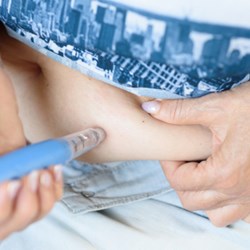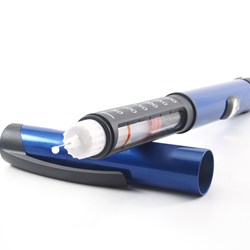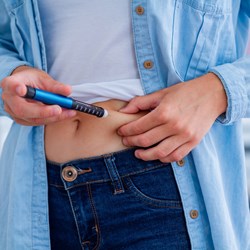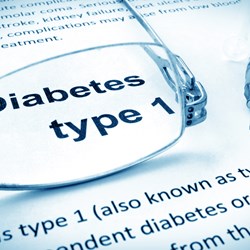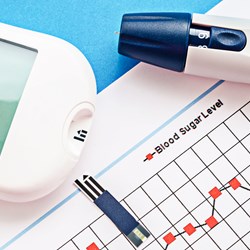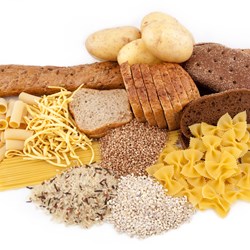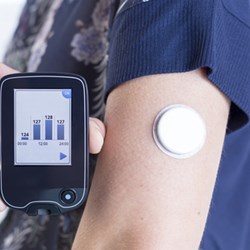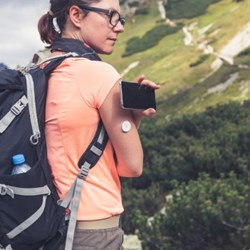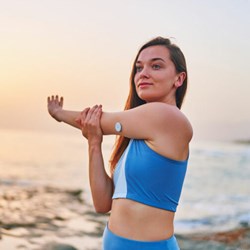Type 1 Diabetes
Type 1 diabetes is a serious lifelong condition where the glucose levels in your body are too high because your body cannot make a hormone called insulin. Insulin is made in the pancreas (an organ near the stomach) and it allows the glucose in our blood to enter your cells and fuel your body.
Type 1 diabetes occurs when the immune system (normally there to fight infection) attacks the cells in the pancreas so you cannot produce any insulin. This results in glucose building up in your bloodstream which can lead to serious complications.
If you have type 1 diabetes you will need to get insulin into your body by either injecting it or using an insulin pump. You will attend regular check-up appointments with your diabetes care team to monitor your blood glucose levels, eyes, kidneys, heart, legs, and feet. Diabetes UK has compiled a list of healthcare checks that should be carried out every year which you can find in the What Care Should I Receive.
To find out more about Type 1 diabetes, register for our BERTIE Understanding Type 1 Diabetes and/or Growing up and Living with Type 1 eLearning courses. There is also a list of additional resources about Type 1 diabetes below.
Advanced Search
Resource type -
Language -
Type of diabetes -
Being diagnosed with type 1 diabetes is usually a big shock and there is an overwhelming amount of information to take in. In this video, people with type 1 diabetes talk about their own diagnosis and the impact that it has had on their lives.
The treatment of type 1 diabetes has changed over the years and although the principles are similar, there are now more tools than ever to help with the treatment and management of type 1 diabetes.
Type 1 diabetes is a serious, lifelong condition where your blood glucose level is too high because your body can't make a hormone called insulin. In this video, healthcare professionals explain what type 1 diabetes is.
This article explains what type 1 diabetes is.
This article will guide you through what kind of care you should receive as someone with diabetes.
This page explains what diabetes is. It also explains the difference between Type 1 diabetes and Type 2 diabetes.
Carbohydrate counting is a way of matching insulin requirements with the amount of carbohydrate that you eat or drink. This course will give you everything you need to know about counting carbs.
This course provides information about continuous glucose monitoring and the Freestyle libre. It is aimed at anyone diagnosed with type 1 diabetes that is using or would like to start using a continuous glucose monitor.
This mini-module gives an introduction to hybrid closed loop technology and covers what it is, the pros and cons and what you need to consider when choosing a hybrid closed loop system.
This course provides information related to living with Type 1 diabetes including topics such as driving, travel, employment and lifestyle factors like healthy diet, alcohol and physical activity.
Through this course, we aim to give you information about what people with type 1 diabetes need to consider when exercising. It explains how exercise impacts blood glucose and how to manage blood glucose levels before, during and after exercise.
